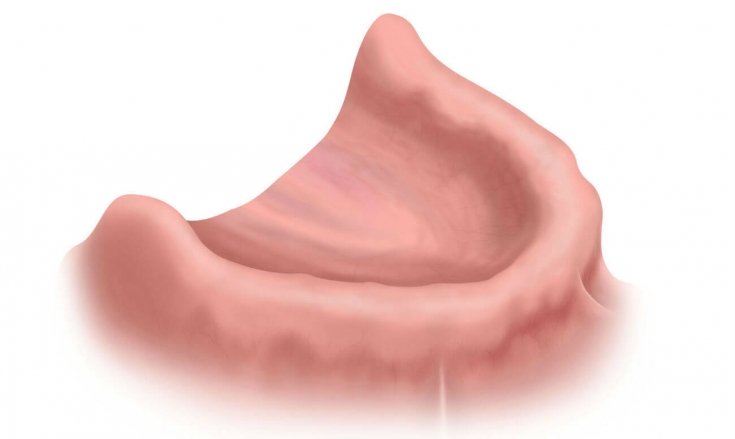Under the influence of external adverse factors on the course of pregnancy, the formation of the dental plate may be disturbed in the fetus. Due to the death of the tooth germs, adentia – lack of teeth. Complete congenital adentia – a rare occurrence, but the absence of one or more teeth occurs quite often, in about one in a hundred patients. An underset of teeth in a row can cause them to shift, causing a violation of the purity of speech. According to the observations of estet-portal.com, in patients with adentia, the oval of the face often changes, the nasolabial and chin folds become aggravated, the corners of the mouth drop.
Some causes of congenital missing teeth in a row
An anomaly of the dentition, in which there is a lack of teeth, is characterized as adentia. It can be primary – when a person is missing some or all of his teeth from birth, and secondary – with loss of teeth in the process of life due to tooth extraction, trauma, osteomyelitis and other causes.
True (congenital) adentia is said to be when the tooth germ is absent altogether or dies during intrauterine development of the fetus.
The death of the tooth germs in the fetus can be provoked by endocrine disorders in the expectant mother, various teratogenic factors, and infectious diseases.
The reason for the violation of the formation of tooth germs may be a violation of mineral metabolism in the prenatal period, the influence of other harmful factors. The rudiments of temporary teeth are not formed at 7-10 weeks of fetal development, but the laying of the rudiments of permanent teeth occurs after the 17th week.
Signs of missing teeth and diagnosis of adentia
Primary complete edentulism, when the rudiments of the teeth have not formed, is rare. As a rule, such a congenital defect is accompanied by impaired development of the facial skeleton. The baby has a pronounced decrease in the size of the lower third of the face, the jaws are underdeveloped. Usually these defects are accompanied by non-fusion of the fontanel, non-union of the facial bones.
Hereditary ectodermal dysplasia may be the cause of complete congenital adentia. Simultaneously with the teeth, the patient's skin, hair, nails are underdeveloped, sebaceous and sweat glands suffer.
Partial primary adentia – when one or more teeth are missing in the dentition. Usually missing upper lateral incisors, second premolars, sometimes third molars). The main symptom of adentia is the lack of teeth in a row.
Other signs of missing teeth:
• formation of three between the teeth;
• displacement of teeth, crowded arrangement;
• growth of teeth outside the dentition;
• underdevelopment of the jaws.
When edentulous, the patient may make whistling sounds. Often, one of the manifestations of adentia can be chronic localized gingivitis, which is provoked by the incorrect position of the teeth.
Diagnosis of adentia includes taking an anamnesis, comparing the patient's age and the timing of teething, palpation examination, and radiography. An x-ray examination will reveal the absence of tooth germs, as well as possible tooth roots covered by the gums, tumors, and other problems that cause a shortage of teeth in a row.

Solving the problem of lack of teeth due to congenital adentia
Adentia can only be eliminated by prosthetics. Treatment of children with this birth defect can begin as early as 4 years of age. It can be a complete or partial removable denture, which is replaced every one and a half to two years.
The use of an edentulous denture contributes to the normal growth and development of the child's jaws.
After the end of jaw growth, the removable prosthesis is replaced with a permanent bridge. Supporting dental implants are installed, and then a prosthetic structure is attached to them. With partial adentia, intact or well-healed teeth are used as a support. The optimal way to correct partial adentia is dental implantation with the installation of a classic crown.
Prevention of congenital adentia should be the creation of the most favorable conditions for the development of the fetus, the exclusion of potential harmful factors for it.
Read also: Possible complications after dental implantation and their prevention







Add a comment